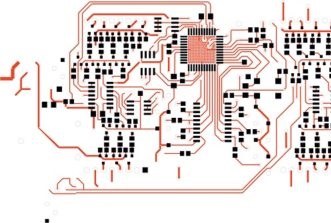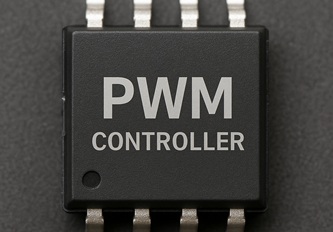Electronic warfare market on the rise
The global electronic warfare (EW) sector is experiencing a resurgence in growth, with Mordor Intelligence projecting an increase from $18.12 billion in 2025 to $27.50 billion by 2030. This growth is being driven by escalating geopolitical tensions and rapid advancements in signal-interference technologies, which are prompting shifts in priorities within defense programs worldwide. For readers of eeNews Europe, the report underscores crucial semiconductor, RF, and system-integration trends that will shape design strategies, procurement opportunities, and competitive positioning within the European defense electronics supply chain.
Mordor Intelligence has identified a significant uptick in investment in space-based EW constellations as countries seek new perspectives to counter long-range missile systems, satellite communications, and electronic-intelligence operations. While spending on airborne platforms remains dominant, evolving needs are favoring directed-energy weapons, agile counter-UAS systems, and software-defined architectures that can dynamically adapt. This trend underscores the importance of staying ahead in technological advancements to maintain a competitive edge.
Reshaping Supply Chains and Competition
Europe and North America are witnessing a resurgence in reshoring activities due to supply-chain disruptions and stricter export controls on semiconductor materials. This shift is compelling governments and prime contractors to reduce dependence on overseas gallium-based component sources. Consequently, the landscape is evolving, creating opportunities for smaller companies offering modular, software-centric EW systems to enter the market and compete effectively.
As radar and communication signals become more agile, traditional jamming techniques are becoming less effective, necessitating a shift towards machine learning for quicker identification of unfamiliar emitters and automated countermeasures. The report emphasizes the urgency of quantum radar research, driving investments in advanced decoys, signature management, and memory-based signal replication. The integration of 5G and early-stage 6G technologies is further complicating the EW domain, fueling demand for adaptable, upgradable solutions that can be reconfigured remotely.
Empowering Unmanned Systems in EW
Unmanned aerial systems (UAS) are now playing a pivotal role in EW operations, equipped with modular payloads capable of disrupting enemy networks in real time. Advancements in compact, high-power semiconductor devices have enabled even small drones to deploy jamming systems previously reserved for larger aircraft. The concept of teaming autonomous drones with piloted fighters has spurred interest in next-generation onboard protection and electronic-defense systems, particularly in regions like Asia-Pacific.
According to the report, North America retains its position as the largest EW market, driven by substantial US defense investments, robust domestic manufacturing, and active R&D pipelines. While Canada and Mexico contribute modestly through modernization efforts, the reliance on imported gallium materials poses a minor supply-chain risk. In contrast, Asia-Pacific is emerging as the fastest-growing region, fueled by expanding satellite programs, increased defense spending, and strategic collaborations among key nations like Japan, South Korea, India, and Australia.














